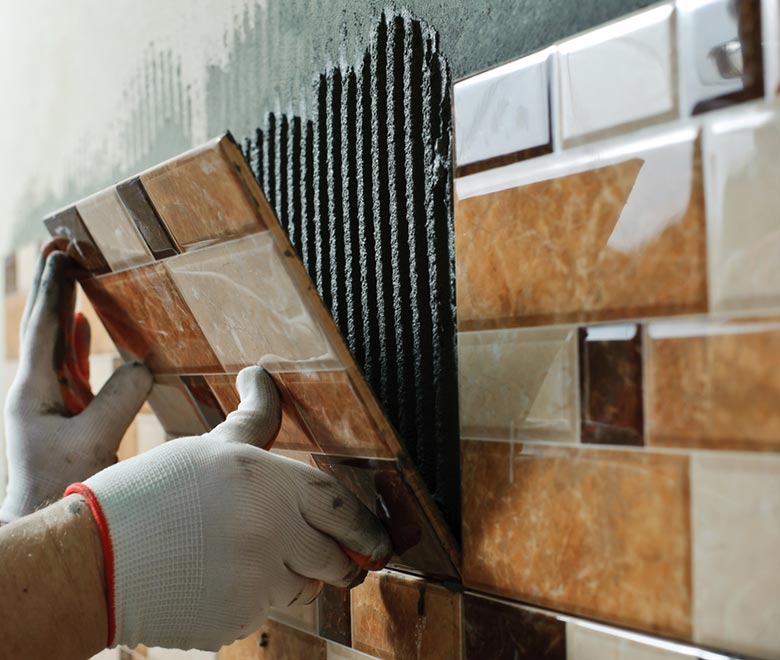Jul. 01, 2023
Construction & Real Estate
Hydroxypropyl Methylcellulose (HPMC) is a commonly used additive in tile adhesive formulations. Its unique properties make it an essential ingredient for achieving desired performance characteristics and ensuring the overall quality of tile adhesives. In this article, we provide a comprehensive overview of the role of HPMC in tile adhesive formulations.

Improved Workability: HPMC acts as a rheology modifier in tile adhesive, enhancing its workability and ease of application. It provides the necessary viscosity and consistency, allowing the adhesive to be spread evenly and smoothly on various surfaces. The controlled flow properties of HPMC enable better trowelability, reducing the effort required during the installation process.
Enhanced Bonding Strength: HPMC contributes to the adhesive's bonding strength by improving its adhesion properties. It forms a thin film on the tile and substrate surfaces, promoting strong adhesion and minimizing the risk of tile detachment. HPMC also helps to reduce the formation of voids or air pockets, ensuring a more secure and durable bond.
Water Retention: One of the key advantages of HPMC in tile adhesive is its water retention capability. It acts as a water binder, preventing excessive moisture loss from the adhesive during the curing process. This prolonged water retention enables sufficient time for proper hydration of the cementitious components, resulting in improved strength development and reduced shrinkage.
Increased Open Time: Open time refers to the duration during which the adhesive remains workable after application. HPMC extends the open time of tile adhesive formulations, allowing installers more flexibility in positioning and adjusting tiles before the adhesive sets. This is particularly beneficial when working with large or complex tile installations.
Crack Resistance: HPMC contributes to the overall crack resistance of tile adhesive. Its flexible film-forming properties help accommodate the stresses caused by thermal expansion and contraction, minimizing the risk of cracks forming in the adhesive layer. This improves the long-term durability and performance of tile installations, especially in areas subject to temperature variations.
Compatibility and Versatility: HPMC is compatible with various other additives and ingredients commonly used in tile adhesive formulations. It can be easily incorporated into both cement-based and dispersion-based adhesives, offering versatility in formulation design. HPMC is also compatible with different tile types, including ceramic, porcelain, natural stone, and mosaic, making it suitable for a wide range of tile installations.
Environmental Considerations: HPMC is considered a environmentally friendly additive for tile adhesives. It is derived from natural cellulose and is biodegradable. Using HPMC for tile adhesive formulations aligns with sustainable construction practices and reduces the environmental impact of adhesive applications.
In conclusion, HPMC plays a vital role in tile adhesive formulations, contributing to improved workability, enhanced bonding strength, extended open time, and crack resistance. Its water retention properties and compatibility with various ingredients make it a versatile additive for achieving desired adhesive performance. Incorporating HPMC into tile adhesive formulations ensures high-quality installations, reliable adhesion, and long-lasting durability in various tiling applications.
If you are interested in sending in a Guest Blogger Submission,welcome to write for us!
All Comments ( 0 )